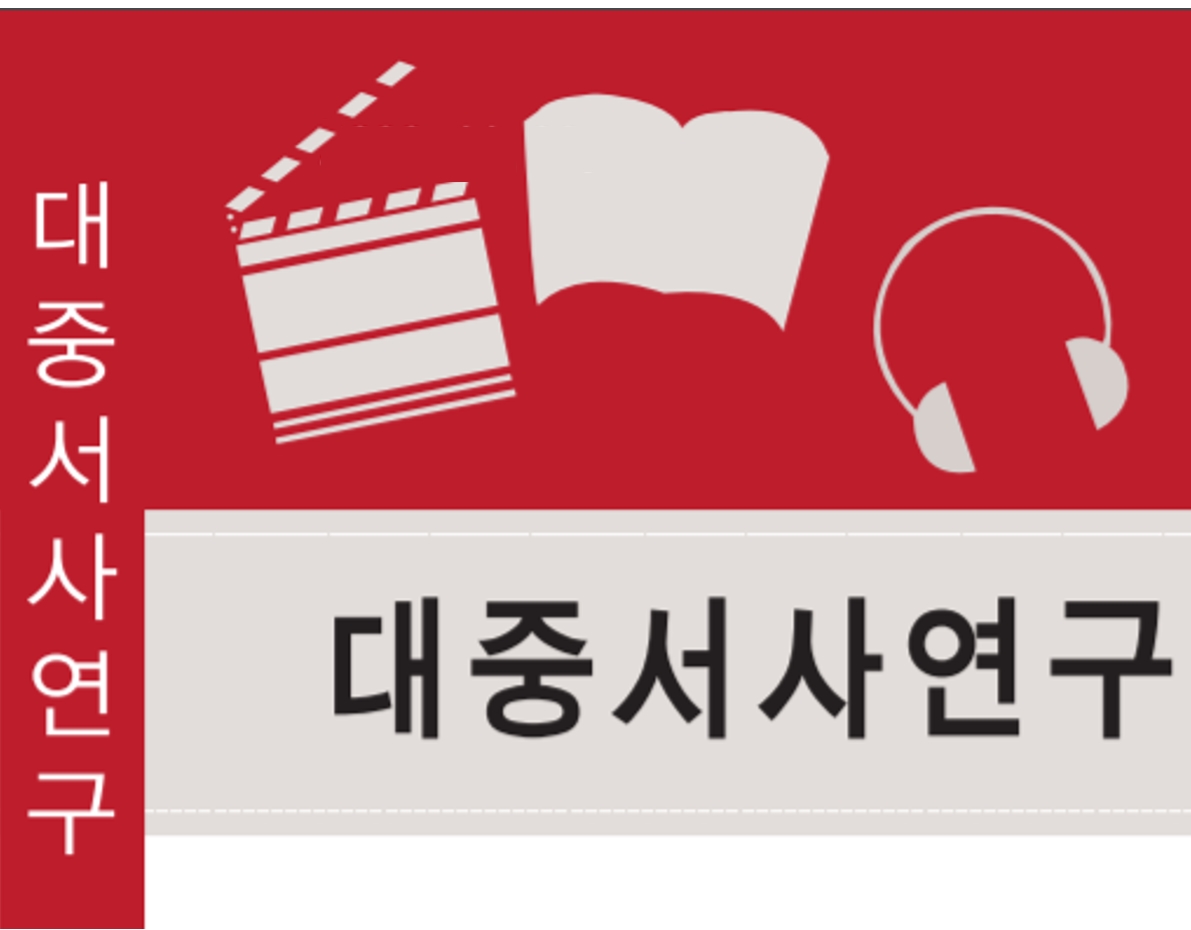대중서사연구
- P-ISSN1738-3188
- E-ISSN2713-9964
 ISSN : 1738-3188
ISSN : 1738-3188
Presentation of the Female and the Politics of Gender in Comedy films of the late 1960s- focusing on Namjaneun Sireo(AN, Myun Hee, 1967) and 'filming of Baek Keum-Nyo'
Abstract
This paper studies relationship between comedy films and female comedians and possibility of female comedy in 1960s. The comedy films which were produced from the late 1950s to the early 1970s had male comedians as main characters. In fact, there were a lot of female comedians who played actively on the stage of variety shows, Ak-kuk, radio and TV. But their roles on screens were just supporting characters or extra parts while male comedians usually played main characters. Female comedians were not heroins in the film industry. Female comedians could not be main part in films but were in short plays, jests(Man-dam) and shows. And female characters were screened as objects who had to be reformed by men and were considered as compensation for men with their social success in those films. Whereas, <Namjaneun Sireo> was out of these problems consciously and unconsciously. Consciousness and unconsciousness of the time were involved in censorship and rifacimento process of the film. And collision and fracture between functions of BAEK Keum-Nyo's performing in narrative and what is performed by herself beyond narrative reveals possibility to re-evaluate this film as a 'female comedy.' Most of all, the 'physical' comedy of BAEK differs from other comedies of the time which defined and regulated women as sexual objects. Inside and outside of the context surrounding this film, BAEK is very important which is not to be controled by the patriarchal order and constructs an alternative femaleness. We still need more BAEKs in our cinema who are the subjects of desire and are aiming for existence itself.
- keywords
- 코미디언코미디, 백금녀, 남자는 싫어, 여성 코미디, 검열, Comedian comedy, Baek Keum-Nyo, Namjaneun Sireo, Femal Comedy, Censorship
Reference
『경향신문』,
『동아일보』,
『서울신문』,
『조선일보』.
<남자는 싫어>(안면희, 1967),
<나의 인생 고백 제2탄>(심우섭, 1975).
<갈비씨와 뚱순이의 애정행진곡-서영춘과 백금녀 폭소 가요 코메듸>(제작년도미상).
<웃음따라 요절복통-서영춘 백금녀 가요코메디 제4집>(1983).
<웃음따라 요절복통-서영춘 백금녀 가요코메디 제6집>(1983).
<대한뉴스> 431호(1963.8.25).
문화영화 <5.16 1주년 기념 산업박람회>(1962.5).
<남자는 싫어> 검열서류,
<남자는 싫어> 심의대본.
김은신, 『한국최초 100장면』, 가람기획, 1998.
민유동, 「행정수상/일하는 해의 마지막 한 달」, 공보부 편 대한지방행정공제회, 『지방행정』 14권 145호, 대한지방행정협회, 1965, 163-164쪽.
박선영, 「한국 코미디영화 형성과정 연구」, 중앙대학교 박사학위논문, 2011.
박선영, 「1960년대 후반 코미디영화의 ‘명랑’과 ‘저속’: 서영춘 코미디의 ‘불온함’과 검열의 문제」, 『한국극예술연구』 51집, 한국극예술학회, 2016, 169-201쪽.
영화진흥공사, 『한국영화자료편람 초창기~1976』, 한국영화진흥공사, 1977.
지그문트 프로이트, 『프로이트 전집 6. 농담과 무의식의 관계』, 임인주 옮김, 열린책들, 2007(4쇄).
황문평, 『인물로 본 연예사-삶의 발자국』 2, 도서출판선, 1998.
Andrew Stott, Comedy, Routledge, 2005.
Alan Dale, Comedy is a Man in Trouble: Slapstick in American Movies, Univ. of Minnesota Press, 2002.
Helga Kotthoff, “Gender and Humor: The State of the Art”, Journal of Pragmatics 38(1), Elsevier B.V, 2006, pp.4-25.
Inger-Lise Kalviknes Bore, “(Un)funny Women: TV Comedy Audiences and the Gendering of Humour”, European Journal of Cultural Studies, no.13(2), 2010, Sage Publications, pp.139-154.
Steve Seidman, Comedian Comedy-A Tradition in Hollywood Film, UMI Research Press, 1981.
한국영상자료원 데이터베이스(www.kmd.or.kr, 최종검색일 2017.10.8.)
e-영상역사관 홈페이지(www.ehistory.or.kr, 최종검색일 2017.10.8.)
- Downloaded
- Viewed
- 0KCI Citations
- 0WOS Citations
